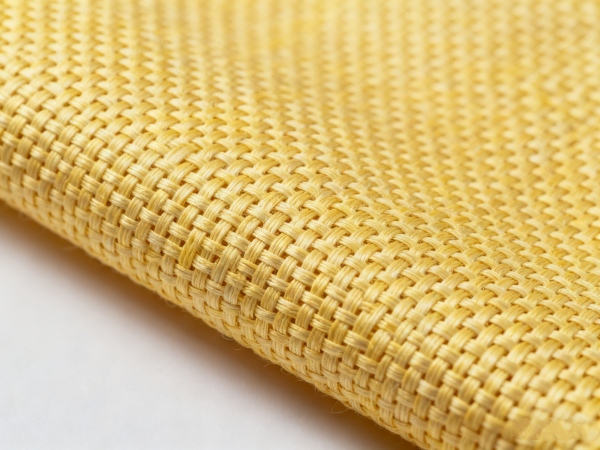Why Aramid Fabric is Popular in Protective Gear
Aramid woven fabric has become one of the most trusted materials in the protective gear industry due to its exceptional combination of strength, heat resistance, and lightweight comfort. Derived from aromatic polyamide fibers, aramid offers a tensile strength that is five times stronger than steel on an equal weight basis. Its molecular structure provides excellent resistance to heat and flame, which means it will not melt or drip even at extremely high temperatures.
Because of this, aramid is widely used in firefighting suits, ballistic vests, and industrial protective clothing, offering both durability and peace of mind for users in high-risk environments. Its balance of toughness and flexibility makes it ideal for long hours of wear without restricting movement.
Types of Protective Gear Made with Aramid Fabric

Aramid woven fabric finds its way into a wide range of protective equipment across multiple industries.
1. Firefighter suits and turnout gear rely on aramid layers to resist flames and radiant heat.
2. Bulletproof and stab-resistant vests use tightly woven aramid fibers to absorb and disperse impact energy.
3. Cut-resistant gloves and industrial sleeves protect workers in glass, metal, or chemical manufacturing.
4. Racing suits, military uniforms, and motorcycle gear incorporate aramid to provide heat protection without sacrificing flexibility.
5. This versatility demonstrates how one material can meet diverse protection standards, from thermal insulation to mechanical impact resistance.
Key Properties That Ensure Safety and Comfort
The performance of aramid woven fabric is defined by several critical physical and chemical properties:
1. High Tensile Strength – With exceptional resistance to tearing and deformation.
2. Thermal Stability – Retains structural integrity even above 400°C.
3. Chemical Resistance – Withstands exposure to oils, solvents, and mild acids.
4. Low Flammability – Does not melt or burn easily, an essential feature for firefighters and soldiers.
5. Breathability and Flexibility – Advanced weaving techniques allow airflow and comfort for extended wear.
These properties make aramid-based gear not just protective but also ergonomically designed for comfort and productivity in demanding work conditions.
Comparison with Other Materials
Compared with traditional materials, aramid stands out for its superior performance in high-risk applications.
- Cotton provides comfort but lacks flame resistance and durability under extreme conditions.
- Nylon offers flexibility but melts easily when exposed to high heat.
- Fiberglass has good heat resistance but is rigid and less comfortable for apparel applications.
In contrast, aramid woven fabric combines the best of both worlds — flexibility, protection, and longevity — making it a preferred material for premium-grade protective gear where safety cannot be compromised.
How to Choose the Right Aramid Woven Fabric for Your Application
When selecting aramid fabric for protective gear, buyers should consider several key performance parameters:
Fabric Weight (GSM): Lighter fabrics are ideal for mobility (e.g., gloves), while heavier fabrics enhance impact and heat resistance.
Weave Type: Plain weave provides stability, while twill weave improves flexibility and drape.
Finishing Treatments: Coatings can improve water repellence, abrasion resistance, or UV stability.
End Use: Firefighting, industrial maintenance, or ballistic protection all require different specifications.
Working with a reliable supplier ensures consistent quality and traceable performance certifications, especially for regulated industries.
Maintenance and Lifespan of Aramid Protective Gear
Proper maintenance is crucial to ensure long-term protection and cost-effectiveness.
Cleaning: Use mild detergents and avoid bleach or fabric softeners, which can degrade the fibers.
Inspection: Regularly check for fraying or damage, as compromised areas reduce effectiveness.
Storage: Keep garments away from direct sunlight and moisture to prevent fiber degradation.
Under proper care, aramid-based protective gear can last several years, making it a smart investment for professionals exposed to heat, flames, or mechanical hazards.



